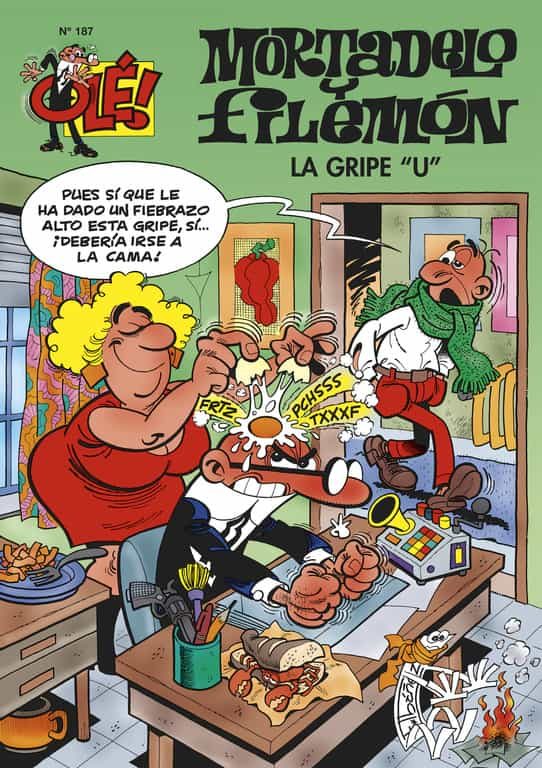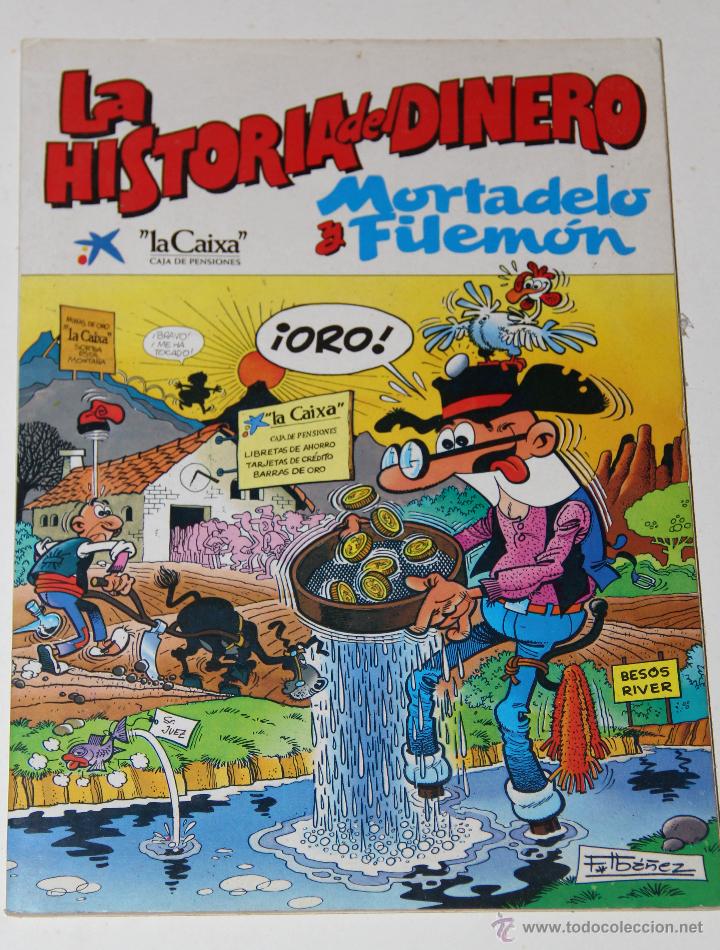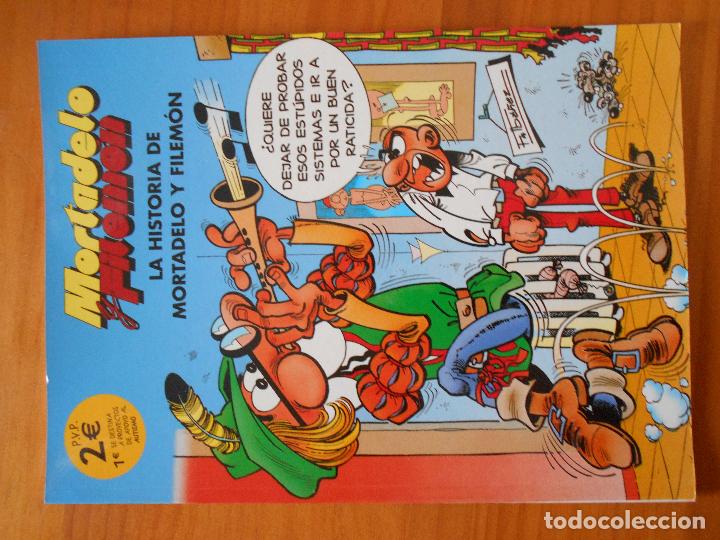

The bulk of the Spanish cinema on Franco and Francoism is and has always been condemnatory, not reflexive or exploratory - including the new productions of the period 1999-2004.

Indeed, it was as if the Francoist past had not successfully been mastered the first time around, during the transition to democracy of 1975-1978 (Transición) and in the early 1980s.Īmong other types of media, Spanish cinema began to reflect this trend from 1999 onwards, getting back to the Civil War and Francoism as cinematic topics. The rather defective Geschichtskultur on Francoism of the previous decades was reactivated as if Spanish democracy needed a “second round” to win the play against its uncomfortable dictatorial past. Francoism was suddenly on the spot again. 6 On television, a successful original soap opera dealing with late Francoism, “Cuéntame”, became a hit between 19.

Topics such as “mass graves” and “concentration camps”, which Spaniards thought of as belonging to other political and chronological constellations (mainly to that of World War II), reached the public through the press or the television news. A debate over remaining Francoist symbols - mostly monuments and street names - quickly ensued. In its second term of government (2000-2004), Prime Minister José María Aznar and his way of resolving government affairs were, on many occasions, referred to as “Francoist” by speakers of the main opposition parties and by members of the cultural intelligentsia. 5 The new interest in Francoism, however, was not only retroactive, it also played on contemporary political controversies.

4 No doubt sensationalism and marketing playing a part in it, as with most cultural productions, but it is also true that a thorough coming to terms with the dictatorial past was avoided during the transition to democracy between 19. A whole avalanche of journalistic and academic publications on Francoist matters have appeared in the last five years, bringing to light some of the less well known or forgotten topics related to Francoism such as forced labour, mass graves, and post-war repression. Yet in these years, Francoism as a cinematic subject seemed to fall out of favor.įrom the year 2000 on, however, it is possible - and necessary - to speak of a revival of both a renewed interest in “Francoism” as well as of a retroactive “Anti-Francoism” after Franco. The number of cinema goers doubled, creating an industry somewhat more independent from state subsidies. From this point onward, new and more popular subjects became the focus of the industry’s attention, intended mainly for a younger audience that had come of age in the new democracy. While the 1980s and early 1990s were productive in delivering interesting visions of Francoism on the screen, Spanish cinema really broke its “sound barrier” as a prosperous cultural industry in the mid-1990s. Since Franco’s death in November 1975, the man, his Civil War, and his regime have been a major topic in well over a hundred Spanish movies that deal with a diverse set of motifs and discourses.


 0 kommentar(er)
0 kommentar(er)
